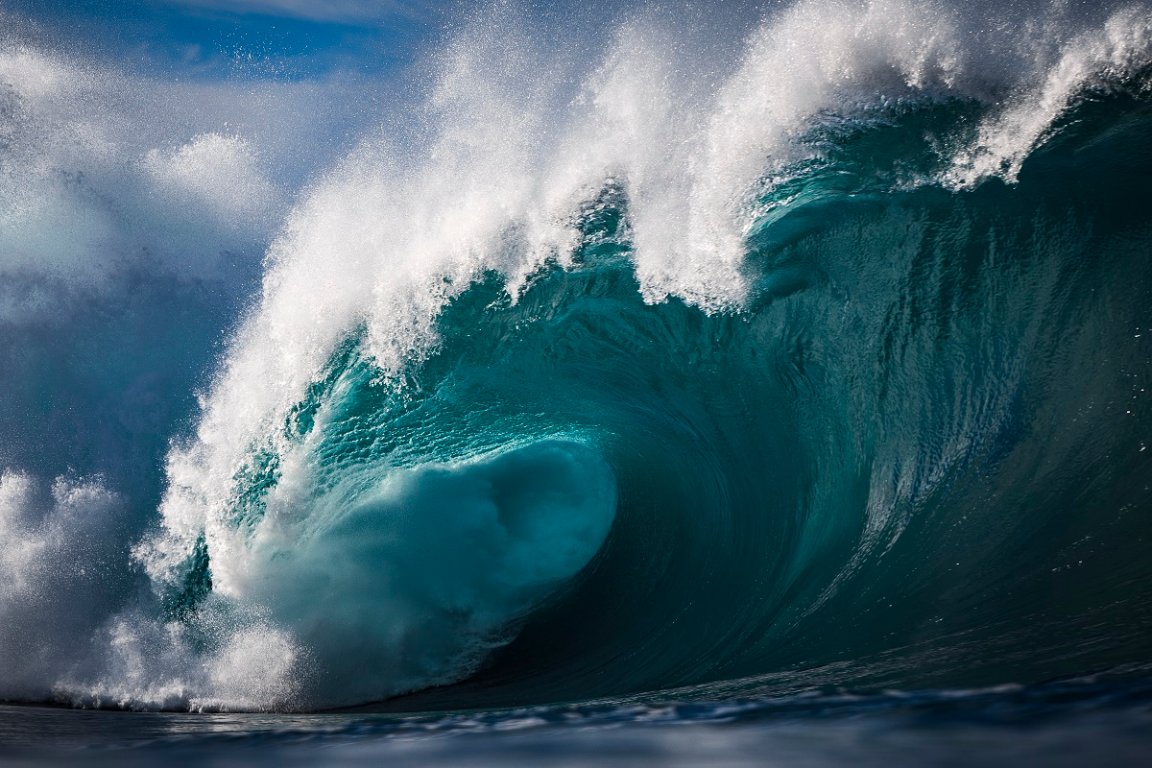
Neptune’s Wrath
Last September, scientists the world over detected an inexplicable seismic vibration that shook the planet for nine days straight — too long to be a mere earthquake. The detection was so unprecedented that at the time, some scientists believed there was something wrong with their instruments.
Now, after a year-long international collaboration, we know what caused it. That September day, at a fjord in Greenland, a melting glacier cascaded into a landslide, dumping unimaginable quantities of material into the sea. The resulting mega-tsunami boasted waves up to a staggering 650 feet tall — enough to swallow some skyscrapers, and making it one of the tallest on record.
These findings, published as a study in the journal Science, also paint a stark picture of the monumental effects of climate change. In this case, the seismic aftermath of the tsunami was literally felt globally.
“No one had ever seen anything like this,” study lead author Kristian Svennevig, a geologist with the Geological Survey of Denmark and Greenland, told NBC News.
Making Waves
The mega-tsunami was spectacular, but the big splash on its own couldn’t account for the over-a-week-long seismic vibrations.
When the landslide crashed into the sea, the initial, six hundred foot wave was trapped inside the narrow fjord — which is an inlet of sea water bounded by steep cliffs.
With nowhere else to go, the awesome tsunami continued to tumble back and forth within the length of the valley, stabilizing into a roughly 23 foot tall wave that would last for days.
This phenomenon — an oscillating standing wave in an enclosed body of water — is known as a seiche, and until now, no one knew it was possible that they could last this long.
“Had I suggested a year ago that a seiche could persist for nine days, people would shake their heads and say that’s impossible,” Svennevig told CNN.
Sea Change
Piecing all of this together wasn’t easy — it took roughly a year, with the efforts of 68 scientists from institutions around the globe.
They used satellite and ground-based imagery in conjunction with an analysis of the seismic waves to determine the unraveling of the epic landslide that set it all into motion, while computer simulations were created to model the tsunami and the ensuing seiche.
But the ultimate cause, researchers said, was climate change, with warm temperatures weakening the glacier that triggered the landslide. It’s “an alarming signal” of what’s to come, according to Paula Snook, a geologist at the Western Norway University of Applied Sciences, who was not involved in the study.
“We are thawing ground which has been in a cold, frozen state for many thousands of years,” she told CNN.
“It’s a sign that climate change is pushing these systems into uncharted waters,” Svennevig added.
More on glacial events: Scientists Discover Ancient Viruses Frozen in Glacier